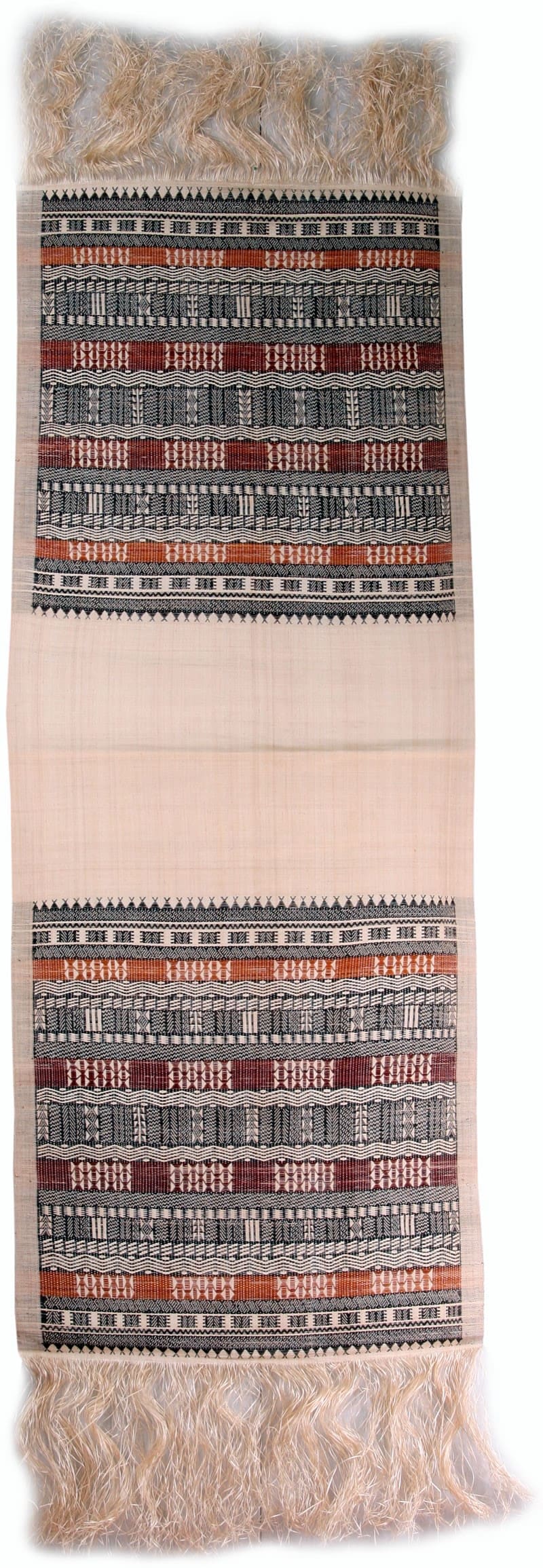Micronesia is a subregion of Oceania, composed of thousands of small islands in the western Pacific Ocean. It has a close shared cultural history with three other island regions: the Philippines to the west, Polynesia to the east, and Melanesia to the south; as well as with the wider Austronesian peoples.
The region has a tropical marine climate and is part of the Oceanian realm. There are four main archipelagos—the Caroline Islands, the Gilbert Islands, the Mariana Islands, and the Marshall Islands—along with numerous outlying islands.
Politically, the islands of Micronesia are divided between six sovereign nations: the Caroline Islands are divided between the Republic of Palau and the Federated States of Micronesia, the latter often shortened to “FSM” or “Micronesia” and not to be confused with the overall region; the Gilbert Islands (along with the Phoenix Islands and Line Islands in Polynesia) comprise the Republic of Kiribati; the Mariana Islands are in union with the United States, divided between the U.S. Territory of Guam and the U.S. Commonwealth of the Northern Mariana Islands; Nauru is a fully sovereign nation, coextensive with the island of the same name; and the Republic of the Marshall Islands is coextensive with that island group. Also noteworthy is Wake Island, which is claimed by both the Republic of the Marshall Islands and the United States, the latter having actual possession under immediate administration of the United States Air Force.
Human settlement of Micronesia began several millennia ago. There are competing theories about the origin(s) and arrival of the first Micronesians. The earliest known contact with Europeans occurred in 1521, when Spanish ships landed in the Marianas. The term “Micronesia” is usually attributed to Jules Dumont d’Urville’s use of it in 1832, but Domeny de Rienzi had used the term a year previously.
CULTURE
Although it is clear that people first settled Micronesia about 3,500 to 2,000 years ago, archaeological investigations there have been limited by the difficulty of excavating on small densely populated islands whose landscape has often been disturbed by storms. As a result, language rather than archaeology has provided the most insight into the history of early settlement. For example, the languages of eastern and central Micronesia are closely related to Austronesian languages that exist to the southeast in Melanesia. The languages spoken in the west, specifically those of Palau, the Marianas, and Yap, are closely related neither to those in the east nor to one another. These islands on the western edge of Micronesia seem to have been settled from the Philippines and Indonesia.
The large number of mutually unintelligible Micronesian languages is a sign of the region’s great cultural diversity. The following islands have mutually unintelligible languages: Nauru, the Gilberts, the Marshalls, Kosrae, Pingelap, Mokil, Pohnpei, Ngatik, the Mortlocks, Chuuk, the Puluwat area, the Woleai area, Yap, Palau, and the Marianas. The languages of the islands from the Marshalls and the Gilberts through the Woleai area in the above list appear to be more closely related to each other than to the remaining languages and have been referred to as “nuclear Micronesian.” The languages of Palau, Yap, and the Marianas are relatively distinct from each other and from other Micronesian languages, although they are clearly Austronesian in their general affiliation. The Chamorro language, spoken in the Marianas, has undergone much influence from Spanish and probably also from the Philippine Tagalog language after more than four centuries of Western contact.
TEXTILE OF MICRONESIA
MACHI TEXTILES
For centuries the low, lonely island of Fais, some 1600 kilometers east of the Philippines, has produced one of the most valuable commodities in the Yap region of Micronesia, equal in value to a man’s life. The high value stored in lightweight, easily transportable Faismachi textiles made long-distance trade feasible, and enabled the long-distance routes that linked together these remote islands in the western Pacific.
Machi are woven on backstrap looms, a technology that arrived from mainland Southeast Asia sometime in the last thousand years. But cotton does not grow on Fais, and the islanders have developed alternative fibers. Machi textiles are woven from a fine thread extracted from the trunks of banana palms, and decorated with fibers of brown bark stripped from a local variety of hibiscus.
In the past, machi granted symbolic authority to the chiefs of Fais, linking them to the ancestors and spirits of the island. Today, machiare used as funeral shrouds, or are given as gifts, expressing a deep, rare love or friendship.

CLOTHING OF MICRONESIAN
The Chuuk dress is a locally famous fashion dress among Micronesian women for its colourful and intricate patterns. It is a loose-fitting one-piece skirt and one that many visitors find attractive as well. It comes in various colours and characteristic designs that bring out the true Island style fashion and lifestyle.

REFRENCES
https://www.threadsoflife.com/textile-archive/micronesia/
https://en.wikipedia.org/wiki/Micronesia
By- Janvi Nagada (MSc. in Textile and Fashion Technology)

